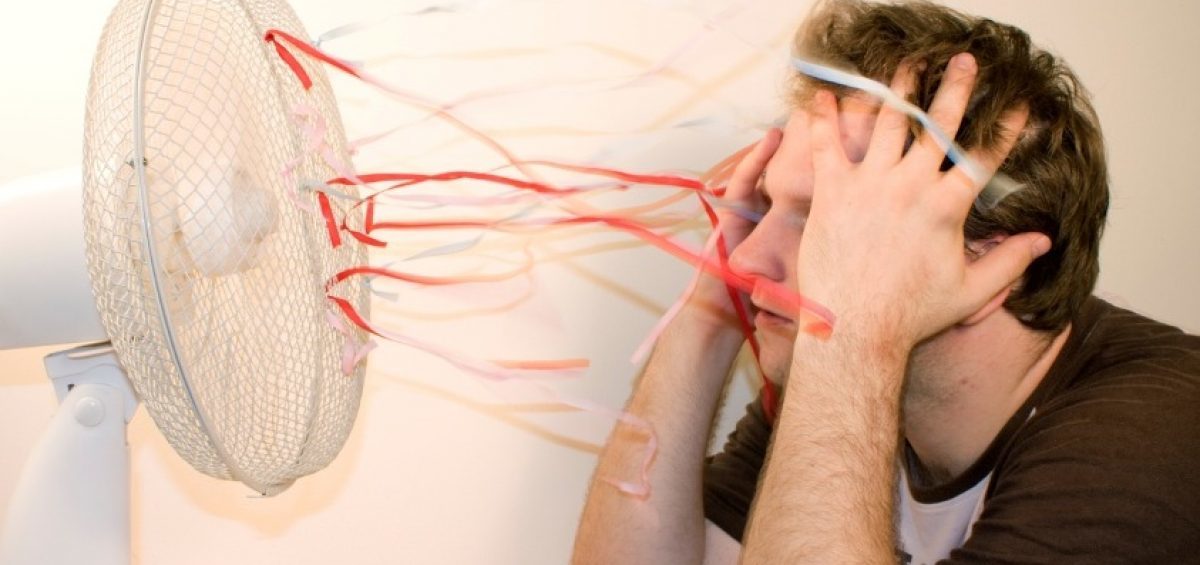After a long winter, many of us yearn for those hot summer days where we can laze around on a beach or take a dip in the pool. But summer means something completely different to data center managers. They have to keep an eye on the heat outside and how it will affect their operations.
There are some simple changes that can be made within a data center to make it more efficient to manage the changing temperatures. Here are some easy low-cost ways to keep your data center performance optimal for the summer months.
Perform Regular Maintenance
Sounds like the obvious thing to do but sometimes stretching the budget might mean stretching out maintenance cycles. This may be the one item you don’t want to skimp on. Taking preventive measures to ensure your facility is running efficiently can save you money in the long term.
Adjust the Thermostat
Most data centers operate between 68 to 72°F. Why not run at a warmer temperature? Most IT equipment manufacturers include in their specifications that servers can run at 80°F or warmer. Google runs their facility at 80°F. Every degree raised means a savings of two percent on the power bill.
If IT equipment manufacturers indicate that it is okay to operate the servers in at warmer temperature, why isn’t it done? Tradition? Aside from the cost saving on the power bill, warming up the data center prepares it to handle the summer heat better.
Optimize Your Thermal Management Strategy
Many data centers have sophisticated intelligence embedded in their thermal management systems but they are not enabled or turned on. The intelligence controls provided can be used to improve the efficiency and management of your facility. Wireless sensors are dispersed throughout the data center to monitor and control the thermal management systems. Knowing where the hotspots are situated will you to adjust the airflow to adapt to the changing room conditions.
Manage Your Airflow
Cool air can seep through gaps in tiles, floors, walls, and open ducts for cables and pipes. Install brush grommets or foam inserts to block seepage and improve the airflow.
Contain the Cool Air
If you have a raised floor data center, take advantage of a raised floor partition system to contain the cool air. Containing the cool air sends it to the equipment where it is needed most. Position the servers to face each other so you have the cold intake of air on the front and the hot air exhaust facing the outside. This prevents the hot air aisle from mixing with the cold air aisle. Place the perforated floor tiles in front of the servers for the cool air flow. Seal off any unused space to maximize the efficiency of airflow and maintain the velocity from the computer room air conditioning.
Not all perforated floor tiles are the same. Depending on which tile you use, grate-style floor tiles can allow more air through.
Use Blanking Panels
Insert blanking panels over empty slots on the server rack. This helps to prevent hot aisle air from mixing with the cool aisle air.
Do Some Cable Housekeeping
Eliminating unused cables and keeping them neat and tidy helps to increase the plenum space and facilitate air flow.
Conclusion
Managers are always looking at ways that they can reduce the rising power bill. Simple changes like adjusting the thermostat, installing blanking panels, sealing gaps and removing cables can improve the airflow. These are inexpensive changes that can be employed today to help lower your cooling costs and save energy in your data center.




Leave a Comment